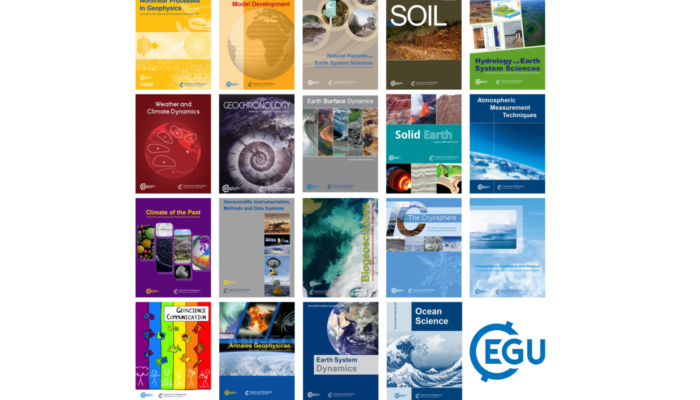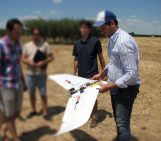
This year EGU published more than 3,300 peer-reviewed articles in our 19 Open Access journals. Upon learning about this impressive number of articles, which equates to just over 61,000 journal pages, we wondered: which of these were the most popular? You can find out in the following list of the most-read article for each EGU journal.
From the substructure of extremely hot summers and the potential intensification of the global hydrologic cycle, to knowledge building on Twitter after a geohazard event, these crowd-pleasers accounted for a quarter of a million views in 2020!
- Annales Geophysicae (ANGEO)
From the Sun to Earth: effects of the 25 August 2018 geomagnetic storm
- Atmospheric Chemistry and Physics (ACP)
- Atmospheric Measurement Techniques (AMT)
Effects of clouds on the UV Absorbing Aerosol Index from TROPOMI
- Biogeosciences (BG)
Is there warming in the pipeline? A multi-model analysis of the Zero Emissions Commitment from CO2
- Climate of the Past (CP)
Lessons from a high-CO2 world: an ocean view from ∼ 3 million years ago
- Earth Surface Dynamics (ESurf)
Short communication: Landlab v2.0: a software package for Earth surface dynamics
- Earth System Dynamics (ESD)
- Geochronology (GChron)
- Geoscience Communication (GC)
Rapid collaborative knowledge building via Twitter after significant geohazard events
- Geoscientific Instrumentation, Methods and Data Systems (GI)
Daedalus: a low-flying spacecraft for in situ exploration of the lower thermosphere–ionosphere
- Geoscientific Model Development (GMD)
The shared socio-economic pathway (SSP) greenhouse gas concentrations and their extensions to 2500
- Hydrology and Earth System Sciences (HESS)
Revisiting the global hydrological cycle: is it intensifying?
- Natural Hazards and Earth System Sciences (NHESS)
- Nonlinear Processes in Geophysics (NPG)
- Ocean Science (OS)
- SOIL
Machine learning and soil sciences: a review aided by machine learning tools
- Solid Earth (SE)
- The Cryosphere (TC)
- Weather and Climate Dynamics (WCD)
The substructure of extremely hot summers in the Northern Hemisphere




Federico Lucci
Proud to be the author of the most-read EGU Solid Earth article in 2020!
Federico